I was inspired at this year’s World Tour yet again by the focus on customer centricity and how technology enables us to build ever more targeted, personalised and highly effective campaigns.
If you’ve already got Pardot, you’ve already got the technology with Engagement Studio but without a well thought out plan how are you really going to harness its power? Read on to find out how you can start building a winning journey that converts those unknown prospects into ready-made sales leads!
1. Set a goal and KPIs
Before you begin, identify the purpose of the program and work out the metrics that will tell you whether you’ve been successful at driving the outcomes you were looking for. Frame your content around achieving these goals and keep them in mind for every decision you make on your journey. Work with the sales team to ensure your goals are aligned and both teams are focused on the priorities that will really make a difference.
2. Understand your data
Data enables us to do clever marketing. Without it, we’re not able to build relevant, engaging, timely journeys for our potential customers. Understand what data you already have, how accurate or recent it is and what it tells you about your prospects i.e. Who they are? What job do they do? What information are they looking for? How likely are they to buy from you? If you have key pieces of information missing, look to fill the gaps with gated content early in your journey and use progressive profiling to learn more about your prospects as they move through it. Find out from your sales team what information they need to qualify a lead to ensure you’re asking the right questions from your potential buyers.
3. Map your content
Once you understand your data and what you’ll be finding out about your prospects as they engage with you throughout the journey, develop key messaging to align with their needs and stage in the buying cycle. Map the content you have to relevant touchpoints in the journey and if you have gaps in that content, create it! You might not even need to write content from scratch, you can try re-purposing richer content that you already have – such as cutting down an in-depth report to smaller bite-size infographics or summarise a recorded webinar into 5 key points as a teaser video. The important thing here to understand what your potential customer needs to know at that point in time and what’s going to resonate with them the most, based on their industry, job role, level of seniority or role in the decision-making process.
4. Timing is everything
At first, it’s a bit of a guess but you’ll need to define the cadence of your journey and the frequency at which you will communicate with prospects – and this doesn’t need to be the same for everyone. More engaged prospects are more likely to buy (or seriously thinking about it) so you want to get them to the sales team faster. Others may need a little longer to warm up or need to be targeted with different content in order to spark some interest.
5. Map out the journey
Whilst all the above is being discussed, start to map out your journey on a whiteboard – along with your sales team. Once it’s been broadly defined, use Engagement Studio to start building it out so you can be sure that the program can do what you need it to. When you’re happy with the journey you can then go away and create the content.
6. Okay actually, testing is everything
Testing is then the most important thing to do. Pardot will do what you tell it to do, literally. So make sure your logic is set up correctly and that prospects are moving through the journey as you expect them to. Marketing Automation is great but it isn’t a set-it and forget it philosophy. You need to set-it and learn. What you thought might have worked in your brainstorming, may not be successful in reality. And your sales team can help feedback details on the quality of leads – are the right ones actually getting through? Make iterations to your program as you learn, and optimise it over time to become a highly effective lead nurturing campaign.
7. Working with sales
You might have noticed from the previous points, that it’s important to work with your sales team to create and optimise your journey together. They have valuable insight that you might not have thought of and you need their buy-in to make the campaign an overall success. Don’t forget to use action steps like ‘Create a Salesforce Task’ or ‘Notify Assigned User’ to make it easy for them to follow up on the hottest leads.
Over the last few months we’ve seen some major updates to Engagement Studio and with more integration into the Salesforce platform (such as Advertising Studio) we’re going to be able to build even more sophisticated lead generation and nurture models soon. If you’re not sure where to start, contact us to see if we can help you plan and implement your own lead nurture machine.


